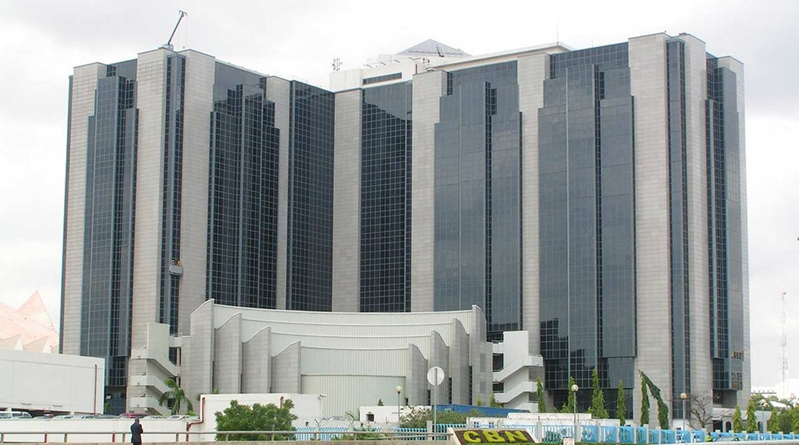Central Bank of Nigeria continues tight monetary policy measures, holds MPR, CRR and LR constant
The Monetary Policy Committee (MPC) of the Central Bank of Nigeria (CBN) has voted to hold key rates constant, signifying continuation of its tight monetary policy measures.
The committee retained Monetary Policy Rate (MPR) at 14.0 per cent Cash Reserve Ratio (CRR) at 22.5 per cent; Liquidity Ratio at 30.0 per cent; and Asymmetric corridor at +200 and -500 basis points around the MPR.
Amidst anticipated huge elections spending, 2018 budgetary expenditure and the inability of the federal government/the states to save some of the oil revenue funds for the impeding hard times, the Central Bank of Nigeria (CBN) has maintained a firm grip on the interest rate regime to consolidate the gains being recorded on inflation.
For the 11th time, the CBN held the benchmark interest rate at 14 percent despite strong positions from some economic watchers for it to be relaxed so the banks can lend more to the economy.
However the MPC said it considered the option of tightening, believing that tightening would curtail the threat of a rise in inflation, even as the injection from the fiscal authorities would still provide the economy with substantial liquidity.
Reading the communiqué, the CBN Governor, Mr. Godwin Emefiele said “Notwithstanding the deceleration in headline inflation, the current double digit inflation rate remains above the Bank’s 6-9 per cent target range. In addition, the Committee was of the view that tightening would help stem the tide of capital flow reversals in the face of sustained monetary policy normalization in the US. This, the Committee believed would rein-in inflationary pressure and moderate inflation rate to single digit, increase real interest rate, build
Investor confidence with attendant positive impact on capital inflows and further stabilize the country’s exchange rate.”
MPC also lamented that in spite previous warning that the three tiers of government should save for the rainy day, which they seem not to heed as they continue to spend almost all of the revenues earned by the federation.
To stimulate lending at reduced interest rates to the key sectors of the economy like agriculture and industries, the MPC announced two initiatives.
“We discussed extensively on what can be done to encourage banks to advance credits to the real sector. Based on the May 2018 MPC meeting, the MPC was concerned that credit advance to the economy was sliding. At this meeting, we find a somewhat improvement but we feel that we must still do what we want to do. Some approaches were considered:” he stated.
“The first approach is where we said in order to achieve the objective of lowering interest rates particularly to those priority sectors like the manufacturing sector, and agric sector, we will encourage large corporates to issue commercial paper notes in the market spelling the details of what they will do with that money. And that in order to encourage the banks, we expect the commercial papers to come to the market at single digits interest rates, and for long tenures – as high as five years or seven moratorium and if the CBN sees these notes in the market, it will complement the banks by lending to that corporate at single digit” he said.
He explained that measure “is not meant to be in competition with the banks but to complement the banks as the money will still go through them anyways. But the important thing is that we will see that single digit rates can go through this means” he said.
“Secondly, if a bank loans money for verifiable new projects and plants expansion not refinancing, for seven years, inclusive of two years moratorium at 9 percent interest rate, the CBN will go into that bank CRR and release cash from our CRR, and release that equivalent to that bank at zero cost which means the bank earns a spread of 9 percent interest. We feel this is normal and it’s something that should be given a chance” he explained further.
“In the past, we have reduced CRR, and released liquidity into the market but it wasn’t channeled into employment generating and high output sectors of the economy. We believe this will work. But some more details will be provided to the banks and the public” he noted.
DailyTrust.com.ng



